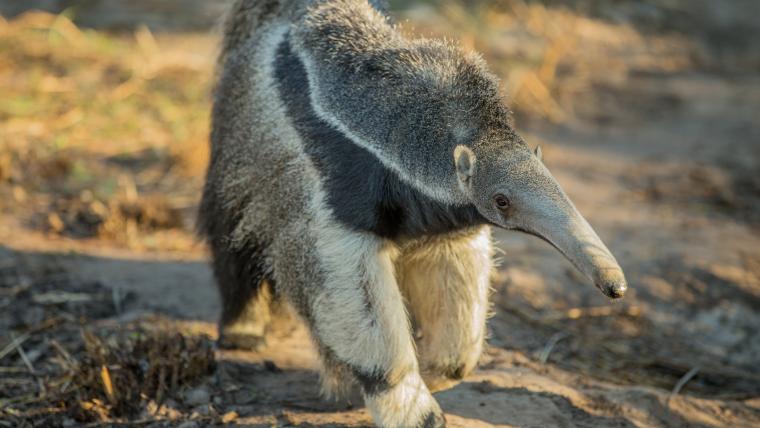
Securing a lifeline for Argentina’s most peculiar animal – the giant anteater
Giant anteaters are peculiar looking animals. They have long, sticky tongues that can reach up to 50 centimetres and a snout to match. Shuffling about, they’re not the most graceful. But while these mammals may seem docile and unthreatening, they are making an extraordinary comeback from extinction.
Giant anteaters are endemic to Central and South America. The anatomy of these mammals is specifically tailored to their habitat and diet. Their tongues are the perfect tool for licking up their main meal of the day – up to 35 000 insects. An anteater’s knifelike claws make breaking open anthills and termite mounds an easy task. But these weapons come with a drawback. They’re dangerous to the anteater too, and they have to walk on their wrists to avoid impaling themselves.
Argentina was once a haven for these creatures. In the mid-1900s they were eradicated from the area due to deforestation and urbanisation. Rewilding Argentina has been working in Iberà to restore the population. When two giant anteaters were released back into the wetlands in 2007, there was no certainty that they would survive. But more than 10 years later, the species has flourished, and over 150 anteaters are thriving in the wild. Conservation has been a lifeline for these gentle giants, and they’re not wasting their second chance.
Footage by Rewilding Argentina was used in the creation of this film.






























Please sign in to leave a comment